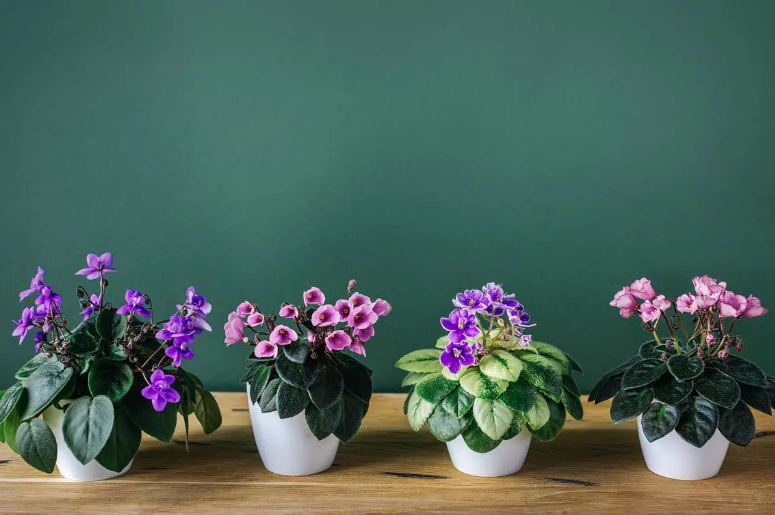Flowers Growing in the Bedroom and Some General Care Tips
Growing flowers in the bedroom can add beauty and a refreshing atmosphere to your living space. Here's a list of flowers that are suitable for growing in the bedroom along with some general care tips:
Peace Lily (Spathiphyllum):
Light Requirements: Indirect sunlight or low light.
Care Tips: Keep the soil consistently moist but not waterlogged. Mist the leaves occasionally to increase humidity.
African Violet (Saintpaulia):
Light Requirements: Bright, indirect light.
Care Tips: Water from the bottom to avoid getting the leaves wet. Use room temperature water. Provide good drainage.

Orchids:
Light Requirements: Indirect sunlight or filtered light.
Care Tips: Orchids prefer high humidity. Water once a week, allowing the potting mix to dry slightly between waterings.
Spider Plant (Chlorophytum comosum):
Light Requirements: Indirect sunlight or low light.
Care Tips: Keep the soil evenly moist during the growing season. Spider plants are tolerant of low light conditions.

Gerbera Daisy (Gerbera jamesonii):
Light Requirements: Bright, indirect light.
Care Tips: Allow the soil to dry slightly between waterings. Avoid getting water on the leaves to prevent fungal diseases.
When growing different flowers in the bedroom, it's essential to pay attention to the following factors:
- 1 Light: Most flowers suitable for bedrooms prefer indirect sunlight or low light conditions. Ensure they receive enough light for healthy growth, but avoid placing them in direct sunlight, as it may scorch the leaves.
- 2 Watering: The frequency of watering varies depending on the type of flower, the pot size, and the environmental conditions. Always check the soil moisture before watering and adjust accordingly. Overwatering can lead to root rot, while underwatering can cause wilting and stress.
- 3 Humidity: Some flowers, such as orchids and African violets, prefer higher humidity levels. You can increase humidity by misting the leaves regularly or placing a tray of water with pebbles beneath the plant.
- 4 Temperature: Most flowers thrive in moderate room temperatures. Avoid placing them near drafts or heat sources, as extreme temperatures can stress the plants.
- 5 Fertilizing: Fertilize your flowers according to their specific needs, typically during the growing season. Use a balanced liquid fertilizer diluted to half strength to avoid over-fertilizing.
- 6 Pests and Diseases: Keep an eye out for common pests like aphids, mealybugs, and spider mites. Treat any infestations promptly to prevent damage to your plants.
As for fill light, it may be necessary if your bedroom doesn't receive enough natural light. LED grow lights can provide supplemental lighting for indoor plants, especially during the winter months when daylight hours are shorter.
Overall, by providing the right conditions and care, you can enjoy the beauty of flowering plants in your bedroom. Remember to observe your plants regularly and adjust your care routine as needed to ensure their health and vitality.


